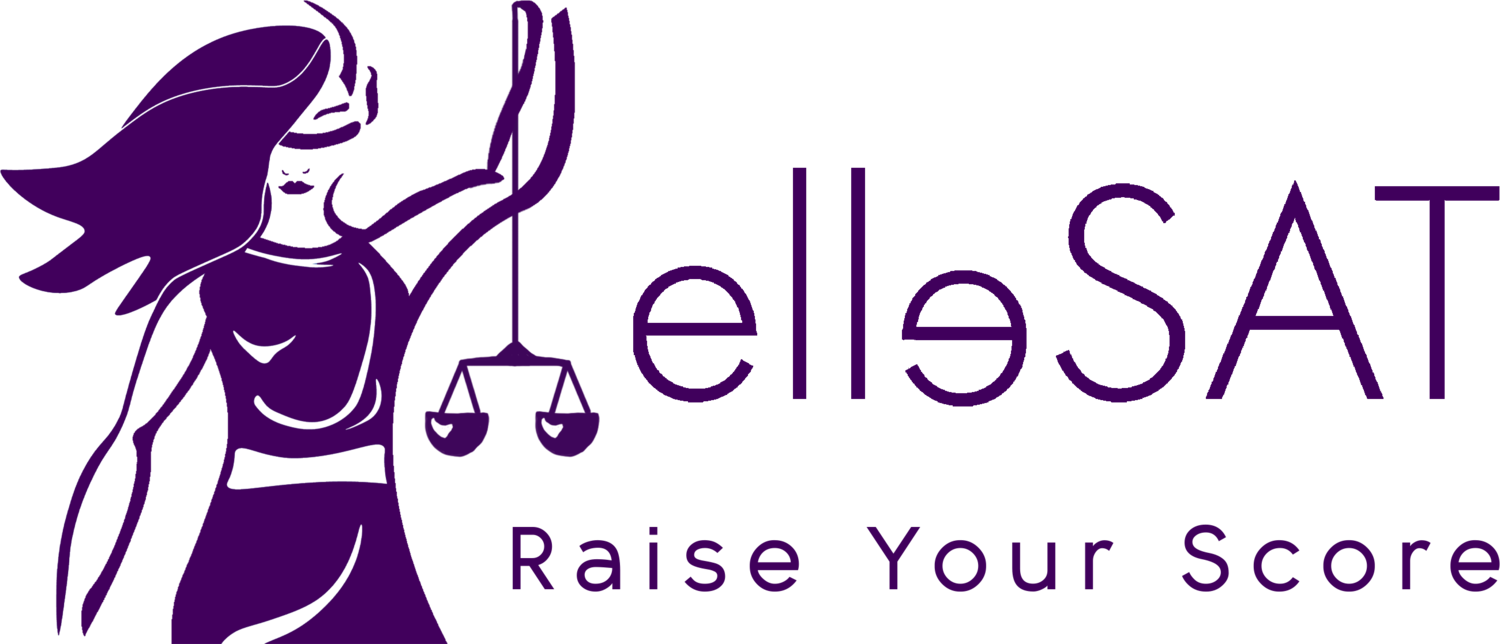Applying for an LSAC fee waiver
You should apply for an LSAC Fee Waiver.
If you are a:
U.S., Canadian, or Australian citizen
U.S. national or Permanent Resident
DACA applicant or recipient
Canadian Permanent Resident, or
Canadian Protected Person / Convention Refugee
Then you can (and probably should) apply for an LSAC Fee Waiver. But first, let’s talk about a few misconceptions about the LSAC Fee Waiver program.
If you think you are ineligible for the LSAC Fee Waiver because you have:
- Previously paid for the LSAT
- Previously have paid for the CAS
- An income greater than $10,000
- A lack of experience with bureaucratic application processes
Then you are in luck! None of the above reasons are reasons that preclude you from qualifying for an LSAC Fee Waiver. So… get to it!
Before you begin…
Ideally you should submit your application for the Fee Waiver program at least 6 weeks before the deadline to register for the LSAT examination you are planning on taking. This allows for any unexpected delays (whether personal or on LSAC’s end) to not conflict with your schedule and planning prior to the test. With enough time, you should know your final status by the week of your test. Without further ado…
Step 1: Fill out the form.
Log in to your LSAC account and scroll down on your personal homepage. Click the blue button that reads “Apply for Fee Waiver”. Once you read the information in this page, click the blue button that reads “Apply for a Fee Waiver”. The application should be completed in one session. This session should not last more than thirty minutes, but make sure you have your (or your parents’) tax information at hand to fill in the questions. You will receive the result of your application immediately at the end of this form.
Step 2a: You were approved. Great!
You have just saved yourself over $1,000 and your application process just became *that* much easier. LSAC will now ask for you to send them your tax documents to back up the information that you filled out a few minutes ago. You have a 45-day window to send these, but make sure you do it as soon as possible (immediately if you can). After this, it's just a matter of waiting.
Step 2b: You were denied. That’s fine!
You may feel defeated at this point. Worry not! Due to internal cutoffs and parameters, the initial Fee Waiver form does not always accurately approve applications. If you believe that LSAC has made an erroneous decision regarding your case, then you should appeal your decision. At this point, formally initiate the appeal process (there should be a link to do so in the page that shows your result).
The appeal process is very simple. Consider this the first case of your legal career. Your fee waiver appeal consists of three parts, all conveniently included in the Fee Waiver Appeal Cover Sheet that LSAC gives you once you begin the process. These three parts are: Your tax documentation (LSAC specifies the documents requested from dependent filers, independent filers, and non-filers), your letter (this is the part where you argue your case to LSAC), and helpful documentation (this is everything you can throw in aside from your taxes that justifies the case you are arguing in your letter).
These three parts should then all be made into a single pdf document with the Fee Waiver Appeal Cover Sheet on top and sent to LSACFeeWaiver@lsac.org.
Step 3: Register for the LSAT.
You should now be able to register for your desired administration at no cost. If your fee waiver is approved, then that is as good as it gets. If your fee waiver is denied and you appeal, beginning the appeal process will kick off your conditional approval, which lets you register for the LSAT at no cost.
Be careful: if your LSAC Fee Waiver appeal is under review, you will be unable to see your scores until a final decision is made on your case. If your appeal is denied, you will be liable to pay for the LSAT administration that you registered for. These charges will only appear on your account after your appeal is denied.
Extra Tips.
- Be mindful of dates. All LSAC time estimates are just estimates. Your appeal process can last a few days or a few months. With this in mind, try to begin the process as soon as you can to have your decision as soon as possible and prepare for the test with more peace of mind.
- Include as much relevant documentation as possible about your financial situation in your appeal letter. This is where you get to show the folks at LSAC that the financial burden of the admissions process would trade off with funds that you cannot afford to spend at this moment in time. Pay stubs, unemployment letters, unemployment checks, outstanding debts, credit card debt, mortgage record, monthly itemized spending lists, child support records, alimony, previous fee waivers (for the SAT / ACT), or anything else that can verify the statements in your letter ought to be included to give you the best chance in the process.
- Be organized, honest, and respectful in your letter. The last thing you want is to be denied because your documents were too hard to decipher or because your tone put off the folks at LSAC. Make this as easy for them as you can and it will pay off for you.
